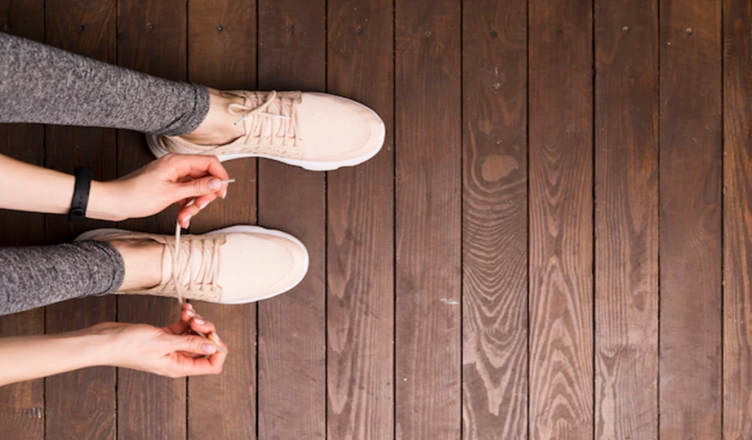Dance, as an art form, is a universal language that cuts across borders and cultures. Shoes are more than just accessories in the enthralling world of dance; they are tools that aid expression, performance, and comfort. Let’s go on a journey through the dance shoe archives, looking at the variety of dance footwear.
#1. The poise of Pointe
Ballet, with its grace and precision, requires a specific type of shoe – the pointe shoe. These shoes feature a reinforced toe box, allowing dancers to rise on their toes and create the illusion of floating. The satin exterior adds a touch of class, and the ribbons keep the shoe snug around the ankle. Ballet shoes are available in a variety of styles, each catering to a different level of expertise and personal preference.
#2.Rhythmic beats beneath your feet
Tap dance is all about rhythm, and the shoes are crucial in producing percussive beats. Metal plates on the sole and heel of tap shoes produce distinct sounds as the dancer strikes the floor. Some have a single tap plate (commonly used by beginners), while others have multiple plates for intricate footwork. Tap shoes’ distinct sound signature makes them a delightful instrument in the dance ensemble.
#3. Elegance in motion
Ballroom dance is divided into several styles, each with its own set of movements and techniques. Ballroom dance shoes have a suede or leather sole that provides the necessary slip and grip on the dance floor. They are available in a variety of styles, ranging from Latin dance shoes with open toes to traditional ballroom shoes with closed toes. The heels vary in height to meet the specific needs of each dance style.
#4.Adding spice to the dance floor
With its lively and rhythmic movements, salsa necessitates footwear that allows for flexibility and flair. Salsa shoes typically have a low, wide heel for stability and comfort while spinning and turning. The soles are usually suede, which provides traction while allowing for smooth glides. Strappy designs are popular not only for their fashion value but also for ensuring a secure fit during the dynamic movements of salsa dancing.
#5.Precision in every click
With its intricate footwork and rhythmic patterns, Irish step dance has distinct footwear known as “hard shoes” and “soft shoes”- https://www.keilys.com/danceshoes.html. Hard shoes, also known as jig shoes, have a hard tip and heel that allows for audible clicks and taps. Soft shoes, which are commonly worn in reel dances, have a more flexible construction and a leather sole. Both styles contribute to the captivating performances seen in Irish step dance.
#6. Embracing freedom of movement
Jazz dance, because of its improvisational and expressive nature, demands shoes that allow for freedom of movement. Jazz shoes are typically low-profile and have a split sole, allowing the dancer to easily point and flex their feet. Rubber or suede soles provide the ideal balance of grip and slip. Jazz shoes come in a variety of styles, including slip-ons and lace-ups for added support.
Shoes are more than just footwear in the vibrant tapestry of dance; they are instruments that translate the language of movement into a symphony of styles and expressions, uniting dancers all over the world in a shared love of the art of motion.

